Designing a jewelry store is crucial as it directly influences customers' shopping experience and perception of the jewelry products. An enjoyable and well-designed jewelry store can elevate the brand image, increase customer appeal, and boost sales performance. In this article, we will delve into the key steps of designing a successful jewelry store, covering aspects such as spatial planning, display layout, custom jewelry showcases, lighting design, and decor.
1. Spatial Planning:
Spatial planning lays the foundation for designing a jewelry store, determining the overall layout and structure. Firstly, consider the store's size and location to ensure convenient accessibility and easy visibility. Inside the store, divide different areas thoughtfully, including reception, display, fitting rooms, cashier, and backroom management. Each area should have clear functionality and smooth traffic flow, allowing customers to explore and experience freely.
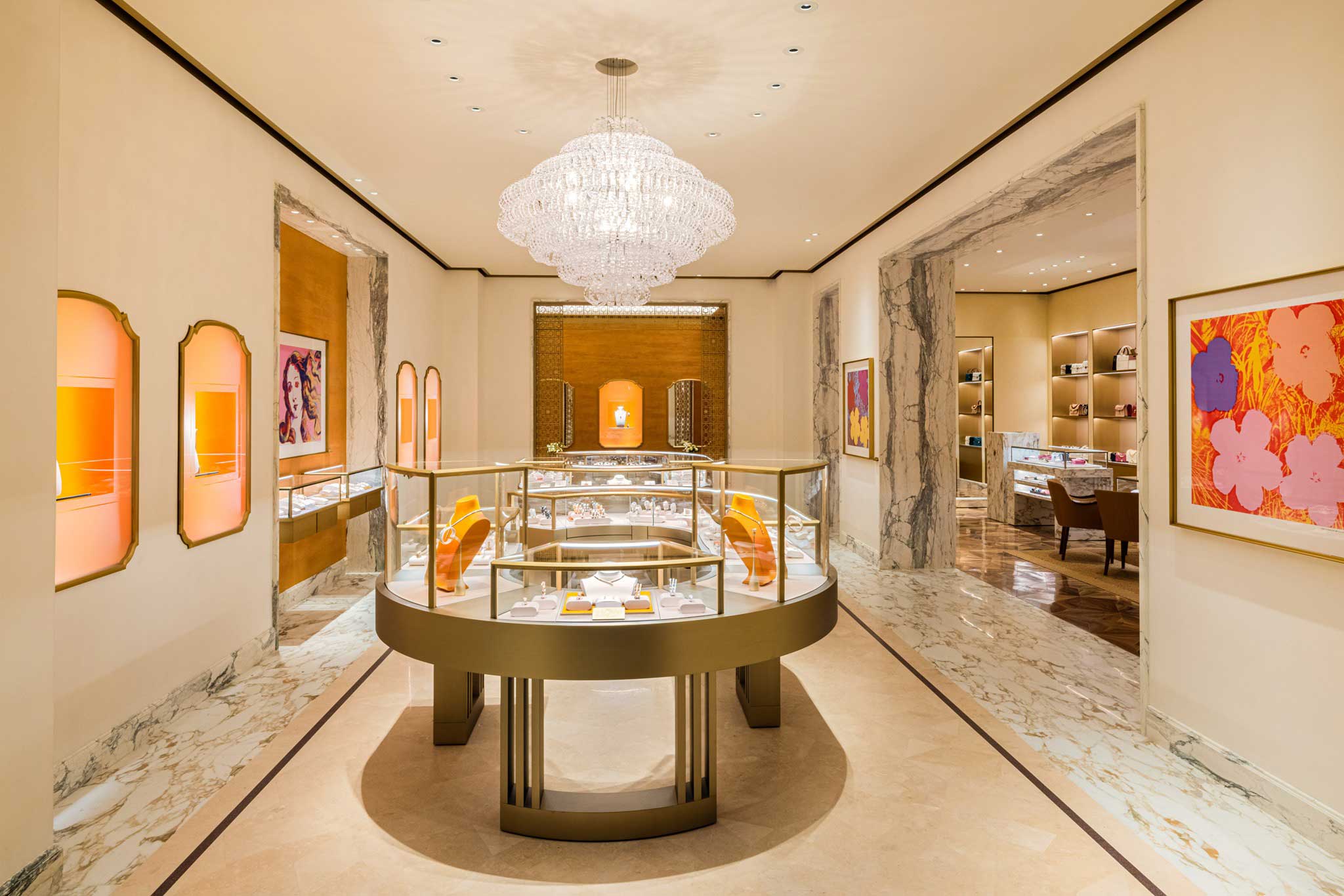
2. Display Layout:
When designing the display layout, consider flexibility and attractiveness. Jewelry is valuable and unique, so avoid overcrowding displays, allowing each piece to stand out independently. Adopt multi-level displays, such as using pedestals, shelves, and display boxes, to increase display space and highlight the jewelry's features. Additionally, set different display areas based on product types and styles to attract various types of customers.
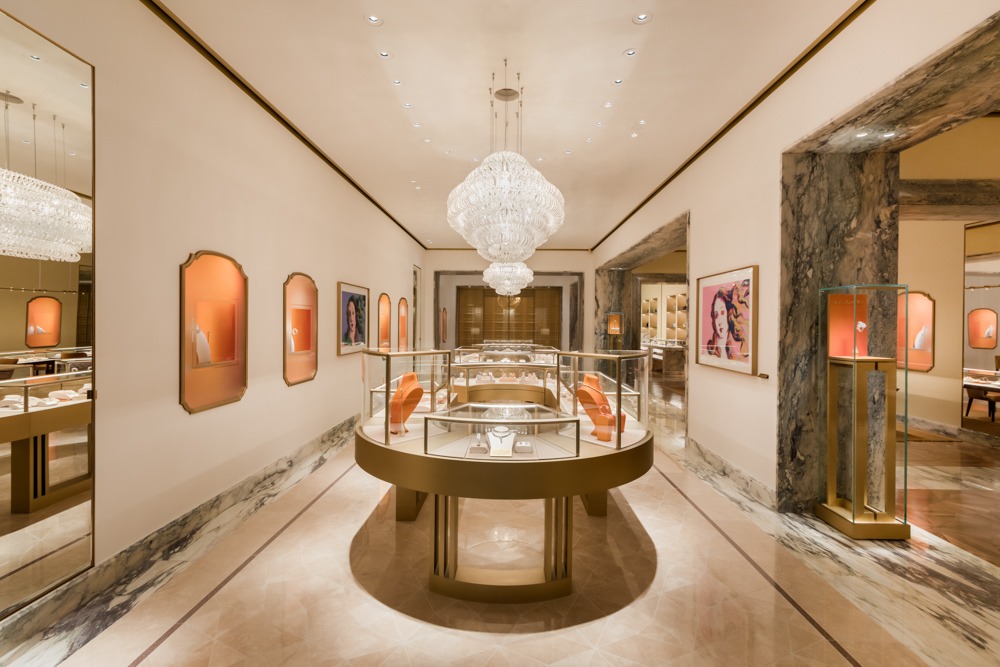
3. Custom Jewelry Showcases:
Showcases are essential display tools in a jewelry store. Showcase design should align with the brand image and store style. Select high-quality materials, such as toughened glass and premium wood, to ensure durability and safety of the showcases. The internal structure and lighting design of showcases are also critical, influencing the jewelry's presentation and appeal. Customized showcases can better cater to the store owner's needs, creating different sizes and shapes to accommodate various jewelry dimensions and types.
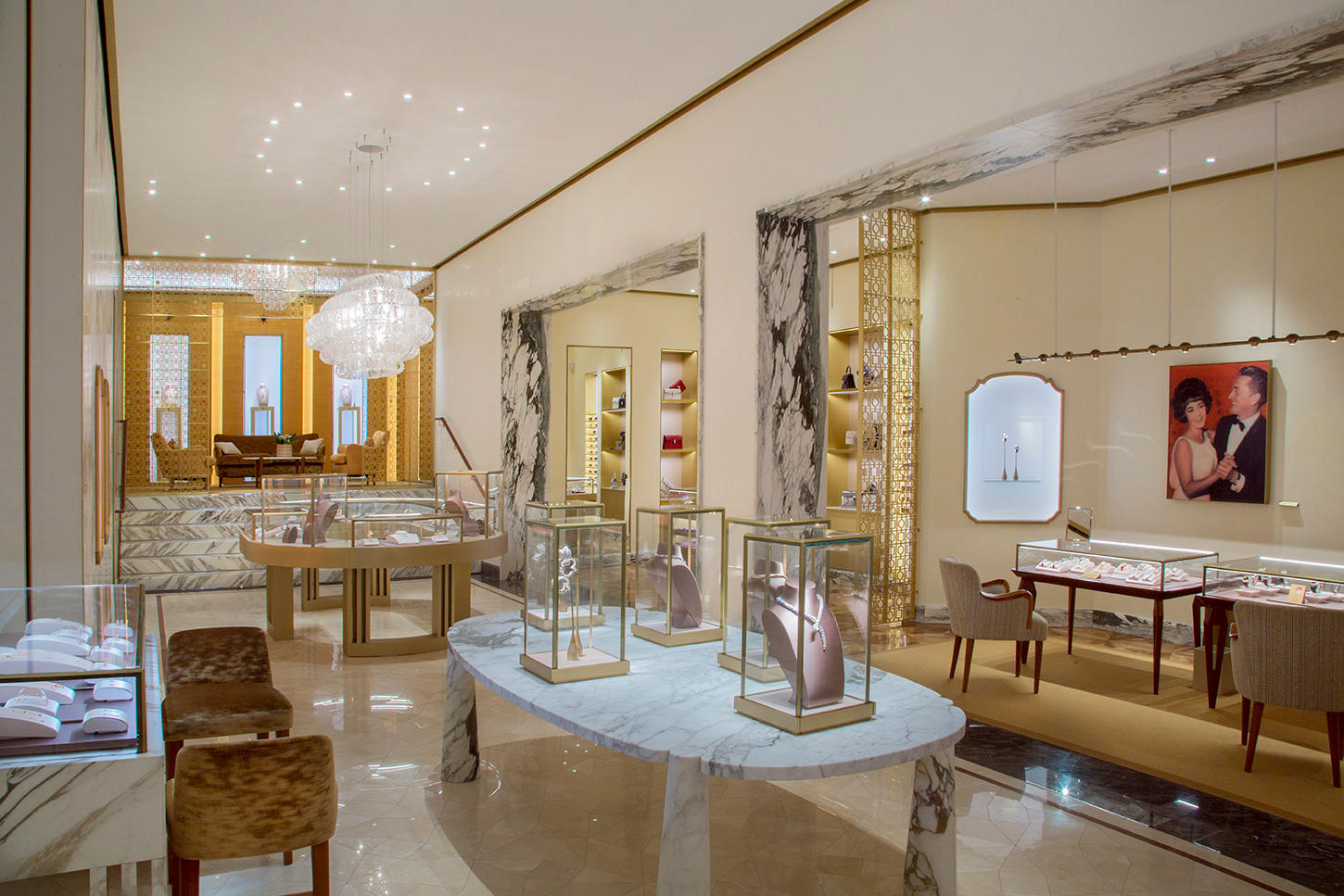
4. Lighting Design:
Lighting design is a key element in showcasing jewelry. Proper lighting can enhance the brightness and color of the jewelry, elevating its visual impact. Using LED lighting provides natural and even illumination, avoiding excessive reflections and glare. Spotlights and floodlights can focus light on specific pieces, emphasizing their significance. Additionally, lighting can be used to create a comfortable ambiance, such as using soft lighting in fitting rooms and relaxation areas to enhance the customer shopping experience.
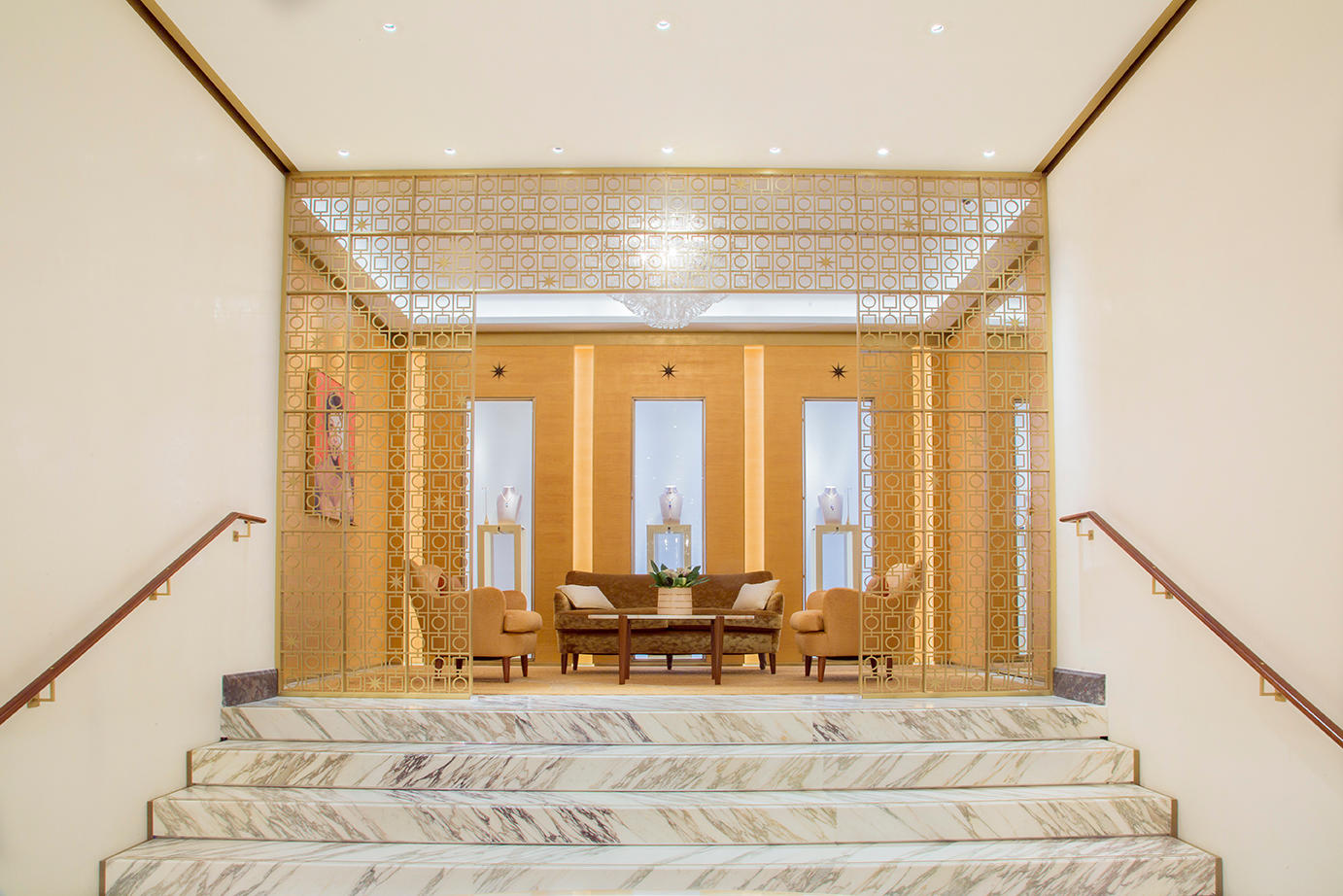
5. Decor:
Decor plays a vital role in increasing the store's allure and brand image. Choose appropriate decorative elements, such as plants, artworks, and ornaments, according to the store's theme and style. Decor should be tasteful and uncluttered, ensuring it doesn't distract customers' attention from the jewelry. Furthermore, the interior decor should harmonize with the jewelry's style, creating an overall balanced atmosphere.
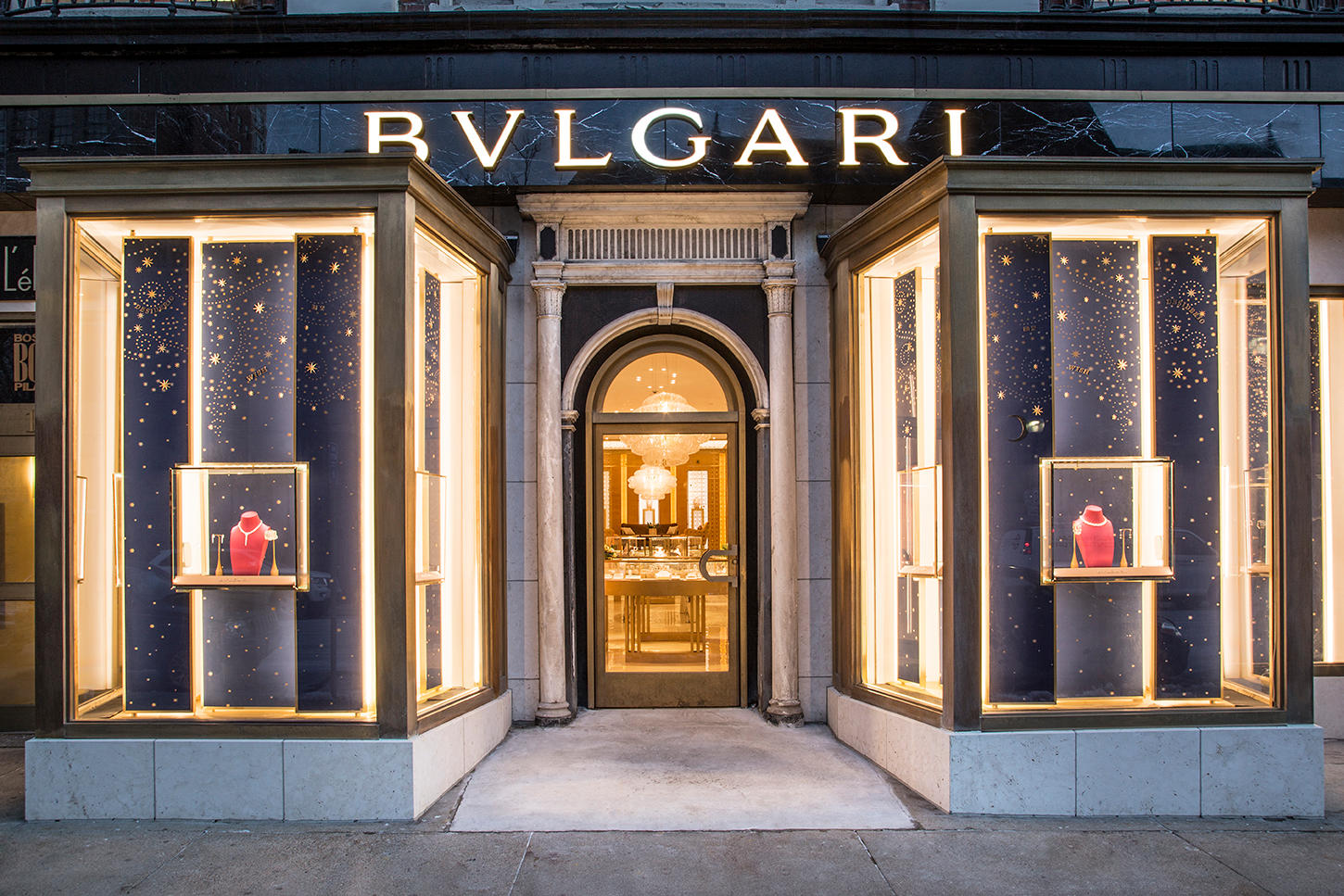
Designing a successful jewelry store requires considering spatial planning, display layout, custom showcases, lighting design, and decor. Properly planning the store's layout, arranging displays creatively, using high-quality showcase materials, employing suitable lighting, and carefully selecting decor elements are all essential factors in enhancing the store's appeal and sales performance. Integrating these elements will create a delightful and successful jewelry store space, attracting more customers and gaining a competitive advantage in the market.
+86 19195580698
info@wddisplay.com
+86 19195580698
